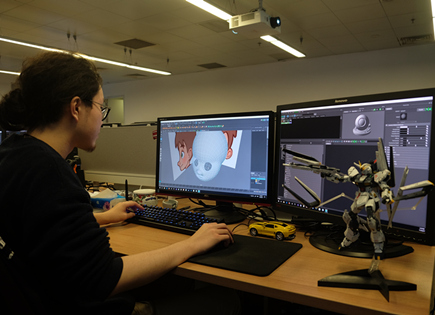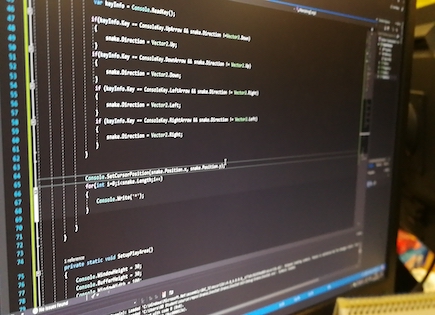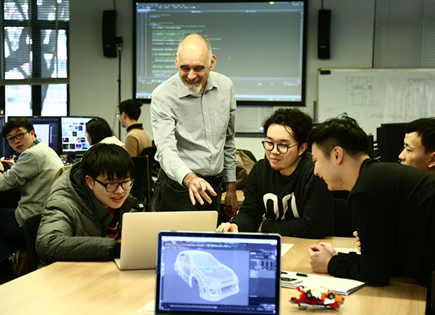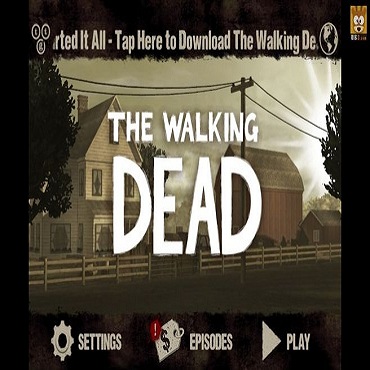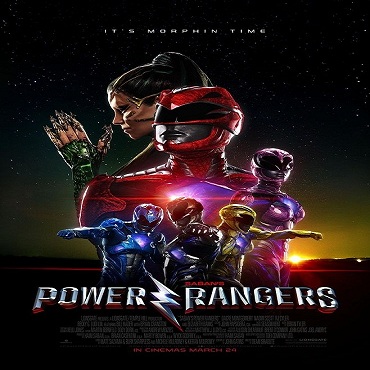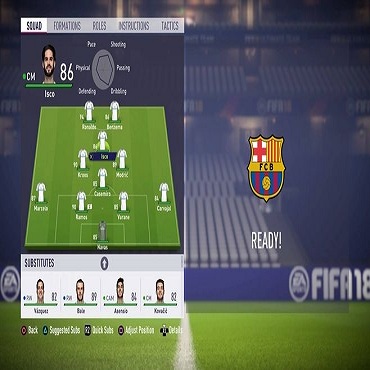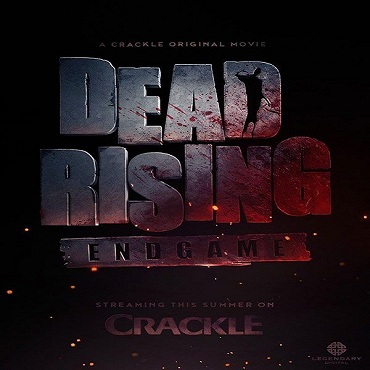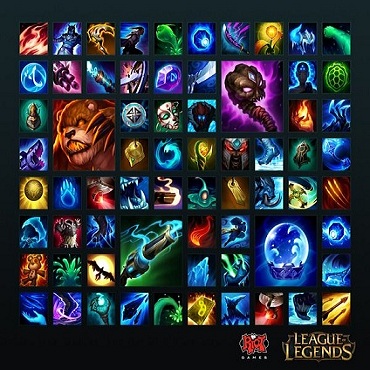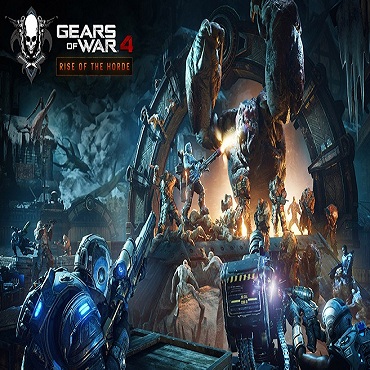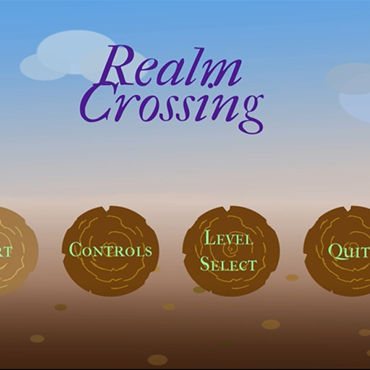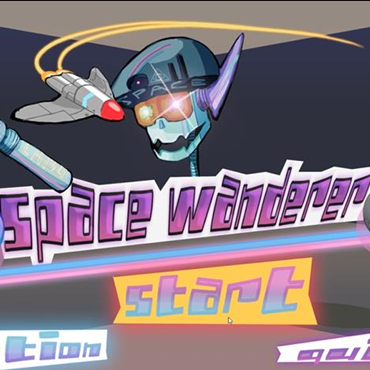Start Date: May for Spring semester (tentative), September for Fall semester
Duration: One year, six 8-week terms
2+2 overseas bechalor program (Click for details)
1+1 overseas master program (Click for details)
Tuition: RMB 178,000
Participate in multiple courses designed by instructors and collaborating game companies
Work on actual games, in teams, following the same structure as professional game companies
Application Materials:
A. A copy of your ID (Proof that you are at least 18 years of age or have graduated from high school.)
B. A copy of your highest degree (If you are still studying, please provide your Confirmation Letter.)
C. One recommendation letter (optional, remarks: Please note family members are not eligible as references).
D. A file certifying your English proficiency level, such as TOEFL or IELTS score sheet, CET score sheet, Transcripts from any secondary or post-secondary institutions attended in the last 3 years, etc.
E. Film Production Program Requirements:
1) Write a synopsis of a film project that you are passionate about making (500-1000words). Provide the film genre and utilize references to other movies to explain how you would make the film. Explain the concept, vision or idea.
2) If you have made a film before, please submit a copy or a link to the film online. Ensure that you specify your involvement in the film, as well as any screenings or awards (optional).
Please note that all the materials are collected only for admission, which will not be open to the public.
